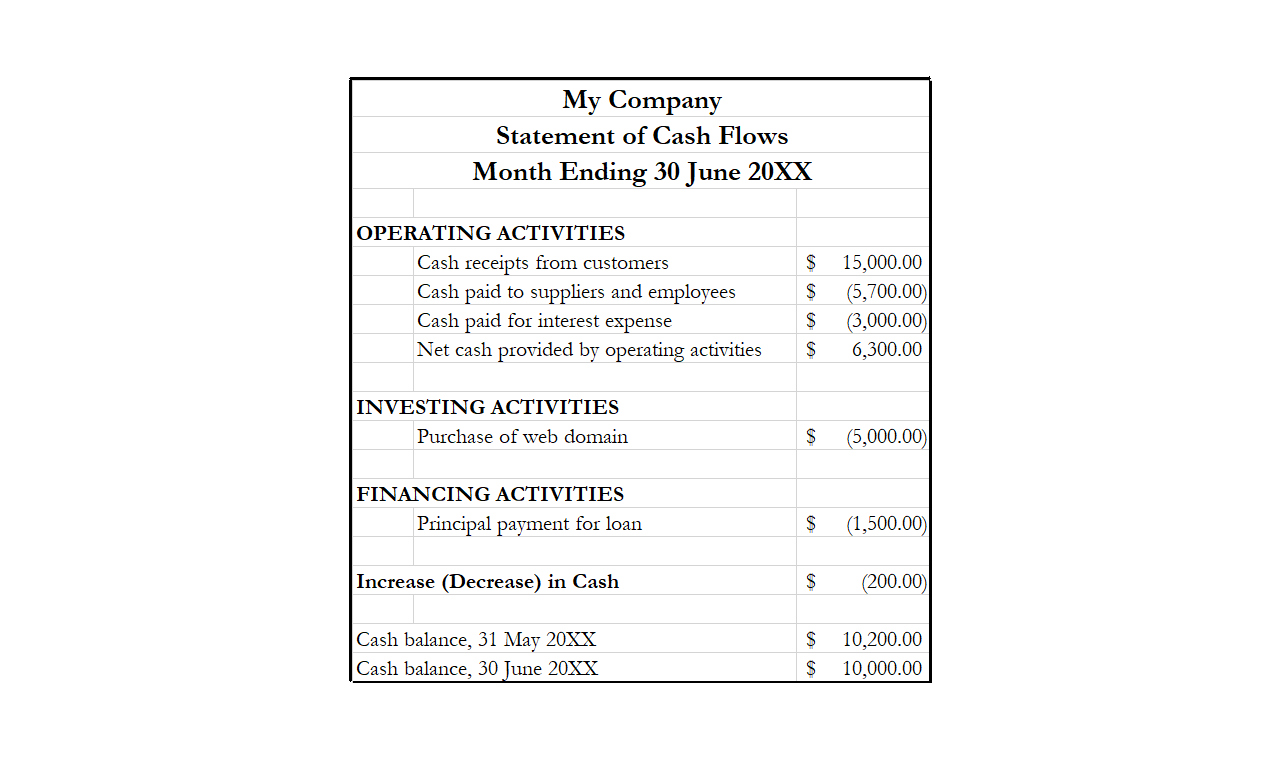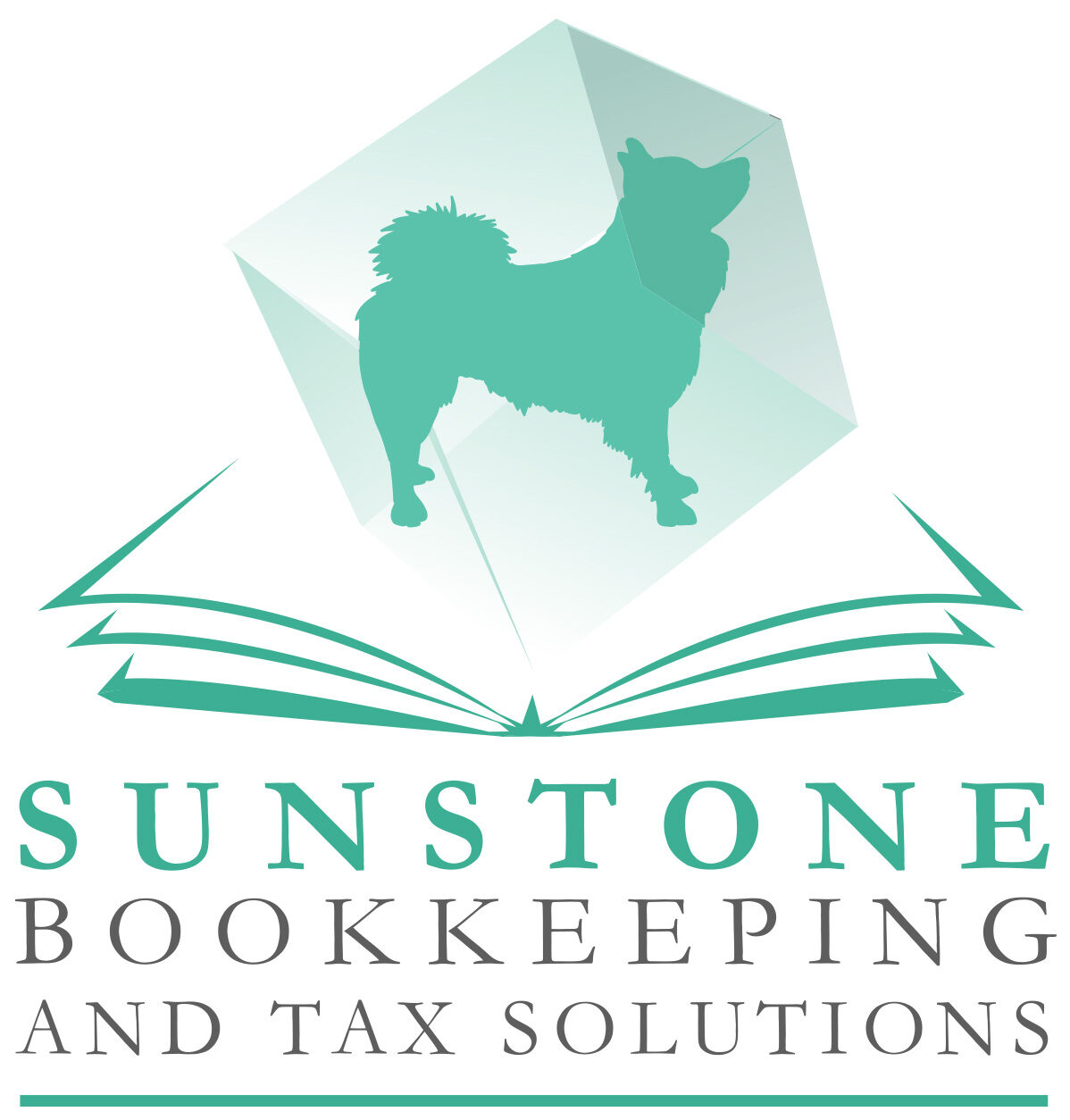“So, I know what I have and how much I earned, but where did that money actually GO?”
The Statement of Cash Flows is probably the least known and appreciated financial report among business owners. However, this is report that tells you the vital information how you generated or used cash in a given period. Basically, it show how the changes in your Balance Sheet along with your net income affected your cash flow.
Here’s an example of a very basic Statement of Cash Flows:

The Statement is divided into these sections:
Cash provided from or used by Operating Activities: This is where the cash flow of day-to-day business such as sales and expenses, plus changes in working capital (A/R, A/P, inventory, etc.) and are detailed.
Cash provided from or used by Investing Activities: This is where your acquisitions/disposals of building, equipment or long-term financial assets are detailed.
Cash provided from or used by Financing Activities: This is where inflows/outflows of cash when you borrow or re-pay debt or pay dividends are detailed.
The Statement of Cash Flows can tell you a lot about how the business is being managed and will be the focus of savvy lenders and potential investors who want to know if your Income Statement profits convert into cash that can pay them; it is also where red-flags of impending problems first surface.
For example, a classic problem of a young successful business is a cash squeeze where sales are rising rapidly (good) but payments on customer invoices lag (bad) and cash is short to replenish inventory to support that sales growth. Paying close attention to the Statement of Cash Flows will let you get a jump on this paradox of success.
When combined with the Balance Sheet and Income Statement, you have a clear picture of your business’s health.
